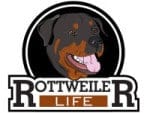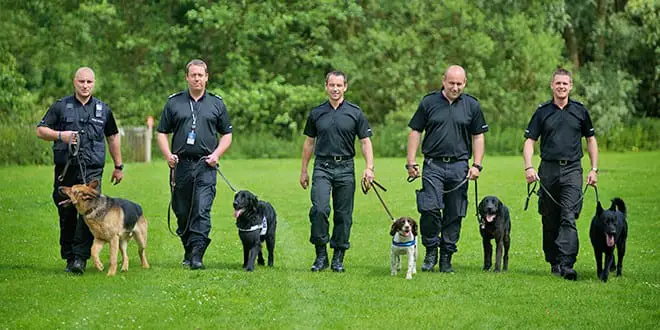Dog Training Discover What Training Is The Best Way And Foundation To Accomplish Many Types Of Dog Trainings
There are many different styles of dog training, and finding the one that works best for you is important for creating a dog that is a talented, loyal and faithful member of the family. All successful methods of dog training work to reinforce the relationship between dog and handler, and the foundation of any successful training program is getting the respect of the dog. Fortunately, dogs are wired by nature to seek out leaders, and to follow the direction of those leaders.
Both leash/collar training and reward training have been around for a very long time, and they have proven their effectiveness over time. The type of training that works best will vary from dog to dog, and from breed to breed. It is important to remember that each breed of dog has its own unique qualities, reinforced by hundreds of years of selective breeding.
The leash and training collar is the most basic piece of equipment used in training a dog. Using the lead and training collar properly is vital to successful dog training. The training collar is designed to apply a specific amount of pressure each time the leash is tightened. The amount of pressure put on the leash controls the amount of pressure placed on the training collar, and the pressure can be adjusted according to how the dog responds.
Of course personalities of individual dogs vary quite a bit, even within established breeds. You, as the owner of the dog, know better than anyone which style of dog training will work best, so it is important to work with the trainer you choose to achieve your goal of a willing, obedient and friendly dog.
Leash and collar training is the best way to accomplish many types of dog training, particularly in situations where the dog must have a high level of reliability. For instance, dogs that have an important job to do, such as rescue dogs, police dogs and guard dogs, generally benefit from leash and collar training.
The first part of training with collar and leash, of course, is to purchase a quality, well made training collar that will fit your dog properly. There are many types of training collars and leashes on the market. The most important thing is to choose one that is sturdy and well made. The last thing you want to do is chase your dog down after he has broken his collar.
The length of the collar should be approximately two inches longer than the circumference of the dog’s neck. It is important to accurately measure the dog’s neck using a measuring tape. In order to get an accurate measurement, you must make sure that the tape is not tight around the dog’s neck.
In a collar and leash based dog training program, first the dog is taught a particular behavior, generally with the leash. After the dog has demonstrated that it understands the command, the leash is then used to correct the dog if it disobeys, or when it makes a mistake. The leash is the main form of controlling and communicating with the dog in leash and collar training.
When using leash and collar training, the dog must be trained to trust the handler and accept his or her directions without question. In order for the dog to be fully trained, the handler must demonstrate the ability to place the dog into a posture or position he or she does not want to take. This does not mean using force, but it does generally require some level of physical manipulation. This manipulation is most easily and safely done using the main tool of leash and collar training – the leash.
The well trained dog is one who will walk at his owner’s side on a loose lead, neither dropping behind nor charging ahead.
The well trained dog will also vary his pace to meet that of his handler. Under no circumstances should the handler be forced to change his or her pace to match that of the dog.
If the dog does begin to charge ahead, it is important to correct the dog promptly by giving a quick tug on the leash. This will give the dog a good reminder that he needs to change his pace. It is important to quickly relieve the pressure as soon as the dog responds. The training collar is designed to relieve pressure as soon as the leash is loosened.
Most dogs will immediately respond to corrections by a good, properly used training collar. If the dog does not respond as directed, it may be necessary to apply greater pressure. This can be especially true of large dogs or those who have preexisting behavior or control problems. If you are still unable to get a response from your dog, it is possible that you are using a training collar that is not large enough for your dog. If you think this may be the case, be sure to ask for expert advice before proceeding.
Copied with permission from: http://plrplr.com/43291/dog-training-discover-what-training-is-the-best-way-and-foundation-to-accomplish-many-types-of-dog-trainings/



